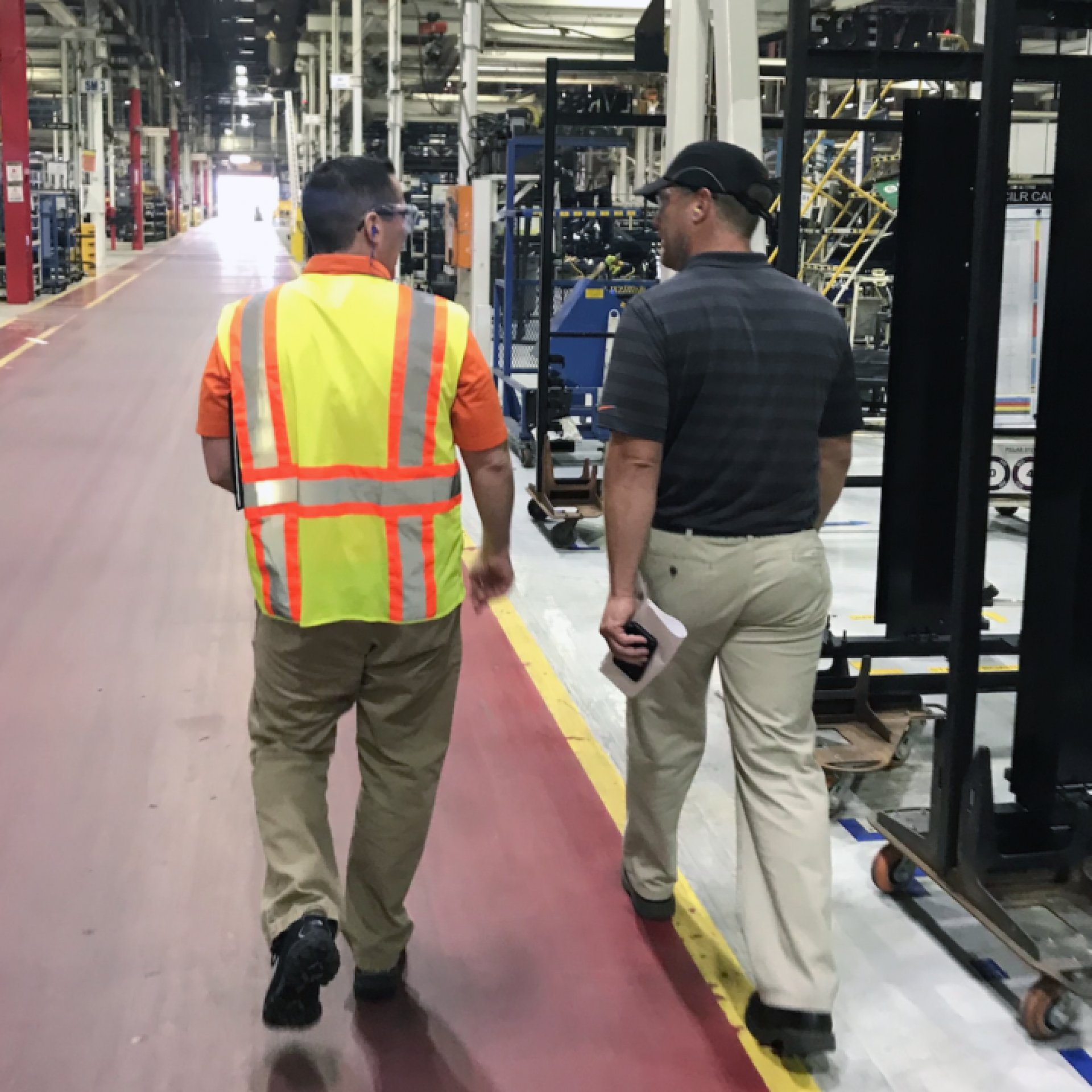The Value of CC Apex Casters
No company is the exact same, but over the years, we’ve found that our tens of thousands of clients have to answer one main question, “What value do these casters give me, and how do they improve my life and company?” The next issue is how can you prove the value that new casters give you.
First, let’s be clear on the differences between commodity casters and high-performing casters. Commodity casters perform the basic mechanical function of moving in a circle. Surprisingly, many people within the most advanced companies in the world think that’s all that casters are supposed to do.
But, think about your shoes. Are you going to wear a pair of Penny Loafers when you run a marathon? Should you wait until you tear your ACL before you change your shoes? Well, in a sense, when you use commodity casters, you’re running a marathon in Penny Loafers, and we find that many companies do not make a change until something bad, like a major injury, has occurred. See an example of commodity casters vs. high-performance casters below.
The Process of Getting Value From Your Casters
We have many examples of clients starting with commodity casters and then switching to high-performing casters, like the CC Apex. Consider this specific example of a Tier 1 automotive supplier, who approached us in 2015.
The company was experiencing a high failure rate in a tugging application. The casters were cost effective up front but were costing this company a tremendous amount of money year over year, they were putting employees at risk of injury, and they were causing high levels of noise.
We made a trip to their facility and identified the problem. The swivel section of the kingpin rig was failing, causing the ball bearings to fall out, and because of this, the caster wouldn’t swivel. There were also issues with the wheel tread de-bonding (due to overheating), and the company was also using the wrong bearing type.
We switched their kingpin rig and TPR-on-poly wheels for a kingpinless rig (with extended lead) and CC Apex caster wheels.
The kingpinless rig could handle the rigors of the towing application, and the extended lead reduced flutter and noise, not to mention extending the life of the casters and equipment towing the casters.
The CC Apex caster wheels could actually handle the extra load and speed and therefore had virtually zero tread failure. The higher resilience of the polyurethane reduced noise and provided higher shock absorption for the product and equipment, and the donut tread improved ergonomic push/pull over 35% when they moved the carts by hand.
Caster Value Proved
This company could have continued to continuously change out wheels over and over, but they chose to go with high-performing casters. What value did this give them, and how can they prove it?
First and foremost, their direct ROI assigned to casters happened during year 3. In other words, during year 3, they had completely paid off the casters. However, the ROI has continued for over 2 more years, and currently in 2020, they would have paid double for the inferior commodity casters. This alone has given freedom to maintenance staff and plant managers and has taken away the stress of having to worry about constant maintenance and downtime. On top of this, upper management sees how successful this investment was with company funds.

There is also the fact that the company is using much better equipment. This makes every employee more productive, happier, and less likely to incur a costly, life-changing injury (better ergonomics). Under these conditions, valued employees are more likely to remain with the company and help plant managers meet deadlines and productivity measures.
This is only one example of tens of thousands that we’ve had over more than 30 years in the caster industry with the biggest names in the industry. We work with our clients and put together a plan that matches their needs perfectly, and we’ll help you prove to yourself and upper management that any investment in casters now will pay for itself many times over.
WANT TO BE OUR NEXT SUCCESS STORY? LET'S TALK!
Get Rolling with Caster Connection →